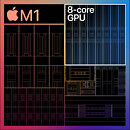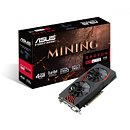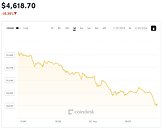During the 19th Annual J.P. Morgan Tech/Auto Forum Conference, NVIDIA has talked about the possibility of special graphics cards dedicated to mining purposes. The special edition crypto mining GPU is a form of graphics card that has no display outputs, and possibly a few defective texture units. Usually, GPUs that end up with defective texture units end up as waste, however, as crypto mining requires only the compute element from the GPU, these products could be rebranded as mining GPUs. But, it seems like NVIDIA is currently somewhere in the middle ground and weighing in whatever the company sees something like that as a feasible option.
During the conference, NVIDIA's Colette Kress, a chief financial officer, had said a few things about the possible production of GPUs dedicated to crypto mining. "If crypto demand begins or if we see a meaningful amount, we can also use that opportunity to restart the CMP [mining-specific GPUs] product line to address ongoing mining demand," said Ms. Kress. She added that "We [NVIDIA] don't have visibility on how much of the GeForce RTX 30-series end demand comes from mining. So, we don't believe it's a big part of our business today. Gaming demand is very strong, and we think that's larger than our current supply." And that is an understandable thing. Right now crypto mining is hot because of Bitcoin's price, however, NVIDIA can't predict if it will crash a lot or not, so the company doesn't want to risk starting a big production for something that can burst like a bubble.



















































